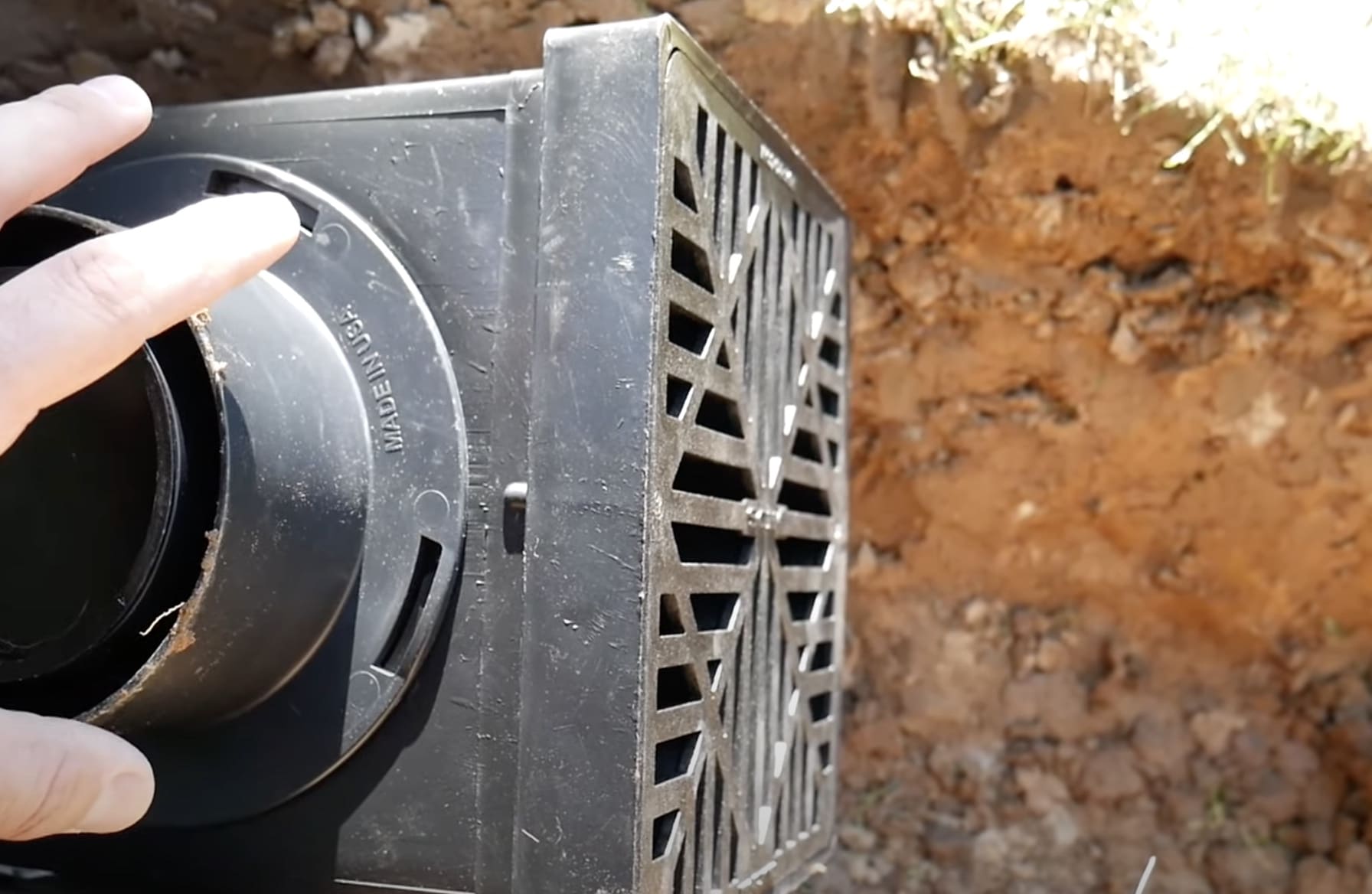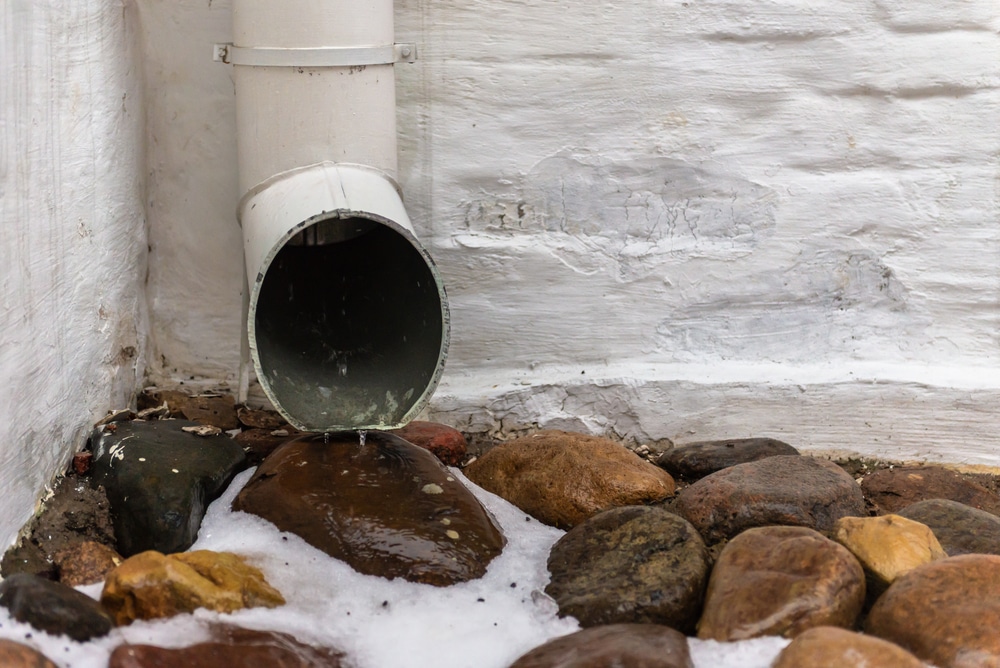If you are having issues with either waterlogging in your yard or water damage occurring to your property’s foundation then you might think that a dry creek bed or a french drain is a wonderful solution. Let’s compare dry creek bed vs french drain.
Dry creek bed vs french drain
How do dry creek bed and french drain differ on their operations and which one is more worth it, both financially and practically? Here is everything you need to know about dry creek beds vs french drain.
What is a dry creek bed:
A dry creek bed, also sometimes known and referred to as a dry steam bed, is a pretty shallow trench that is usually lined and filled with small rocks and boulders. The only purpose that a dry creek bed has is to control how water flows. This drainage system works most effectively when installed on a sloped piece of land. As you can probably guess from its name, a dry creek bed is most frequently dry unless it begins to rain.
Positives of using a dry creek bed:
Dry creek beds can easily be used to add a more aesthetically pleasing and environmentally friendly decoration if you live in an area that is not capable of supporting plant growth.
Furthermore, they decrease the amount of runoff in sloped areas and prevent erosion. As well as this, they aid in resolving water damage.
In addition to this, dry creek beds can actually be installed in a way that provides sufficient water to parts of your garden without overwatering other areas. This is because they can be designed in a way that forms a channel which helps redirect water to different parts of your yard.
What is a french drain:
A french drain, also sometimes known and referred to as a trench, agricultural or filter drain, is a type of trench that contains a perforated pipe. This perforated pipe helps to redirect water from pretty much any given area. This drain is more effective when it is used to stop water from going into and possibly damaging foundations of property. That being said, it is also possible to use a french drain as an alternative for storm sewers sometimes.
Positives of using a french drain:
The biggest positive of using a french drain is how efficient it is at preventing water damage, especially to the foundation of a property or building.
Furthermore,a french drain can be a pretty easy and affordable installment that prevents your yard from getting waterlogged. This means that it makes it easier for your greenery to continue to thrive and flourish without any inconveniences.
Differences and similarities between a dry creek bed vs french drain:
The cost: installing a dry creek bed can often be two to four times cheaper than installing a french drain. For example, dry creek beds cost about six dollars per square foot while french drains cost anywhere from twelve to thirty five dollars per square foot.
This is because french drains require quite a few more materials and resources in order to be properly built while dry creek beds pretty much only require a bunch of different rocks that come in varying sizes.
The installation: Installing a dry creek bed is a much easier task than installing a french drain. Because of how few materials are needed in order to build a dry creek bed there are less materials needed to then install it.
The final look: Aesthetically wise, both a dry creek bed and a french drain are perfectly seamless additions to your yard. They are both great at looking natural and blending in with their surrounding greenery.
Dry creek bed vs french drain – final thoughts:
Overall, a dry creek bed is a more practical and affordable solution than a french drain. That being said, a french drain is still a very effective and worthy investment if you are planning to use it long term. Either way, having a thorough water drainage system is essential. This is because water buildup can lead to problems such as lawn and landscape plant damage.

